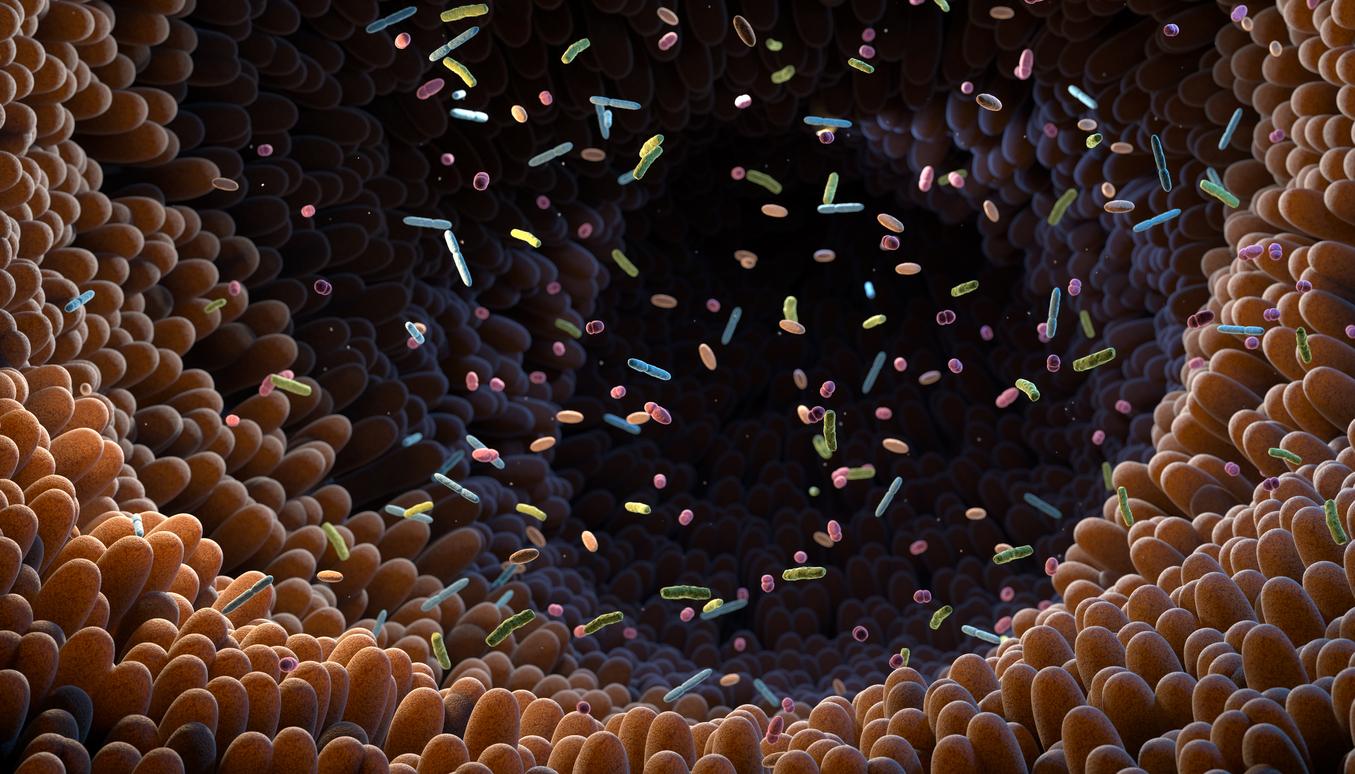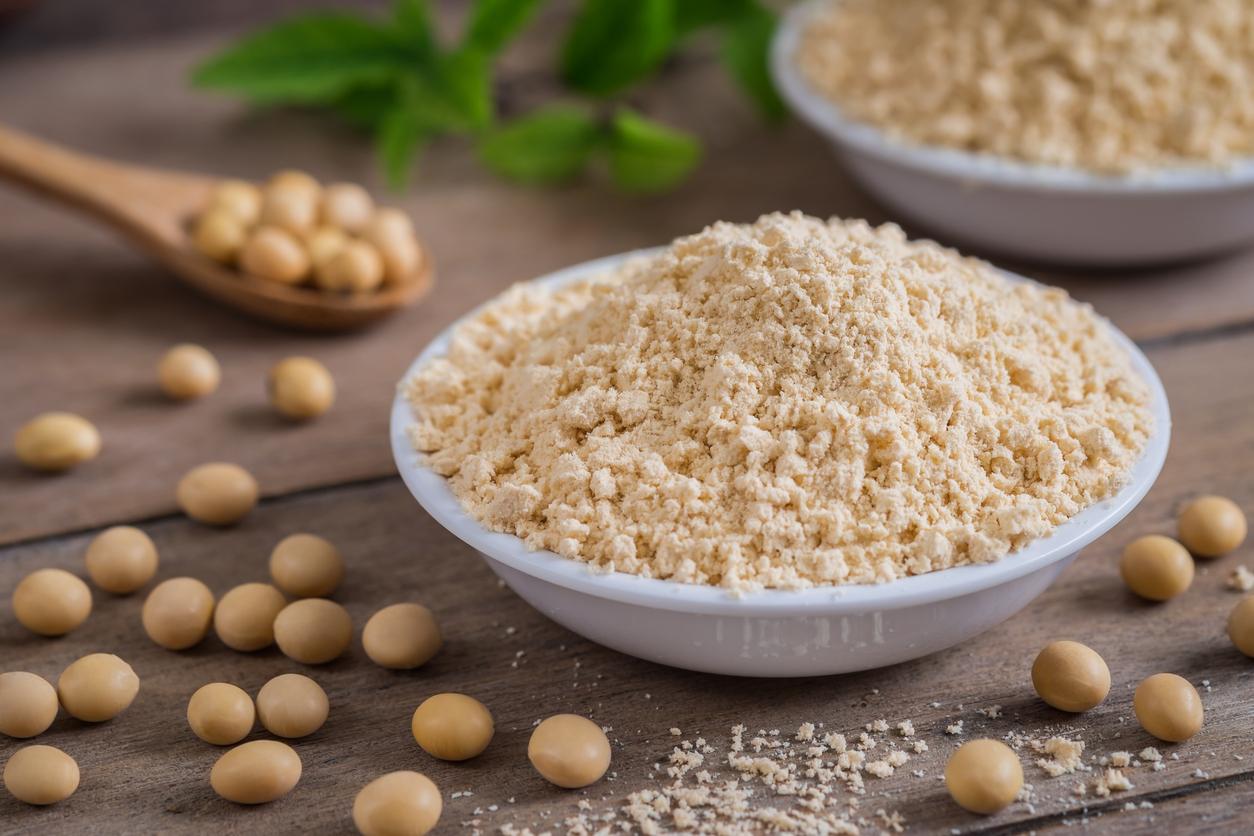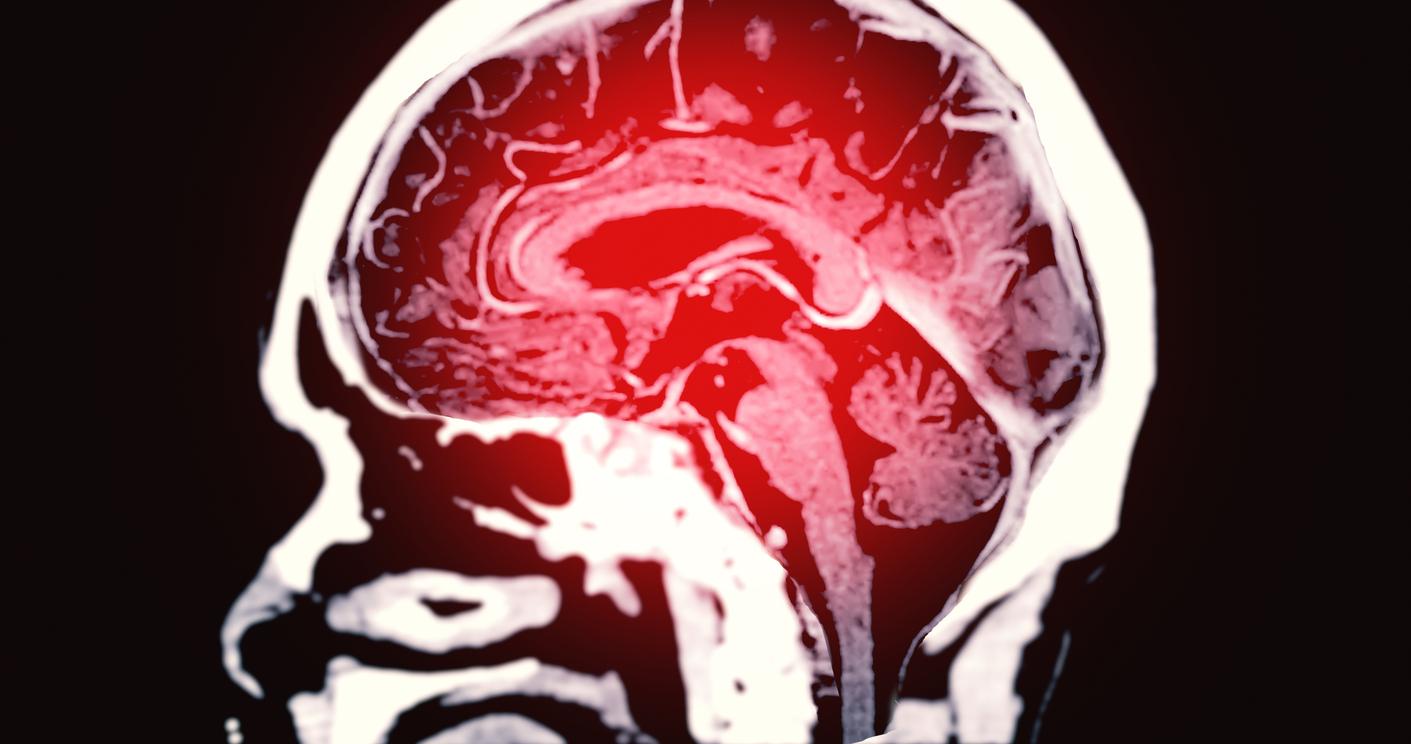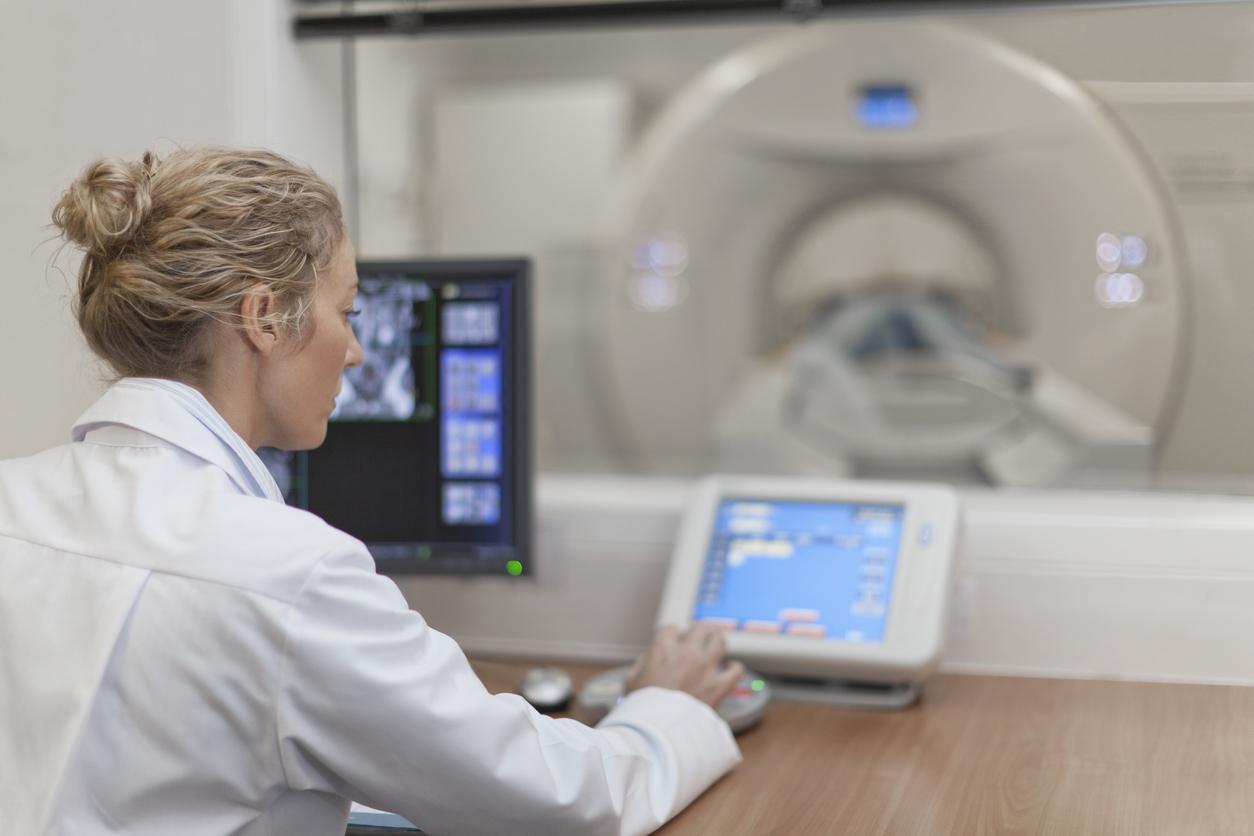By synthesizing a compound called TMAO, gut bacteria can influence the severity of a stroke and increase functional impairment.

- A diet rich in red meat and animal products increases the levels of TMAO in the intestine, a “waste product” synthesized by intestinal bacteria.
- High levels of TMAO have a direct impact on stroke severity or post-stroke functional impairment.
- However, it is possible to reduce this risk and prevent stroke by specifically targeting the microbial enzyme that leads to high levels of TMAO.
Several studies have already shown that an unbalanced intestinal microbiota could be a risk factor for cardiovascular disease. This new work, led by researchers at the Cleveland Clinic, shows for the first time that the gut microbiome impacts stroke severity and post-stroke functional impairment. They have just been published in the journal Cell Host & Microbe.
A “bacterial waste” that aggravates strokes
To study the effects of gut bacteria on cardiovascular health, researchers used animal models. They particularly focused on the harmful effects of TMAO (trimethylamine N-oxide), a “bacterial waste product” implicated in cardiovascular risks. It is a by-product produced by gut bacteria when they digest certain nutrients found in abundance in red meat and other animal products. The effects of choline, an essential nutrient synthesized by the liver, have also been studied.
They then found that these two compounds caused an increase in the size and severity of strokes, as well as a noticeable deterioration in cardiovascular health. “It is remarkable that the simple transplantation of gut microbes capable of making TMAO was enough to cause a profound change in stroke severity”notes Dr. Hazen, who co-led the work.
The latter had already discovered with his team that high levels of TMAO can lead to the development of cardiovascular diseases, for example by significantly increasing the risk of blood clotting.
“This new study builds on these findings and provides evidence for the first time that gut microbes in general – and TMAO specifically – can have a direct impact on stroke severity or post-stroke functional impairment.”says Dr. Hazen.
A therapeutic approach to reduce the risk of stroke
High levels of TMAO also affect motor and cognitive functionality after stroke. That’s what the researchers noticed when comparing brain damage in preclinical models of stroke between subjects who had high or low levels of TMAO. Over time, people with higher levels of TMAO experienced more extensive brain damage and a higher degree of motor and cognitive functional deficits after stroke. Researchers also found that dietary changes that alter TMAO levels, such as eating less red meat and eggs, impact stroke severity.
How can this link between stroke severity and TMAO levels be explained? Researchers have discovered the existence of a gut microbe enzyme essential for the production of TMAO. Called CutC, this enzyme causes the stroke to worsen and the outcome to deteriorate.
However, it is possible to prevent stroke by specifically targeting this microbial enzyme, believe the authors of the study. “When we genetically silenced the gut microbe gene that codes for CutC, stroke severity decreased dramatically.says Dr. Weifei Zhu, who co-led the study. Ongoing research is exploring this therapeutic approach, as well as the potential for dietary interventions to help reduce TMAO levels and stroke risk, given that a Western diet and a diet high in red meat are known to elevate TMAO levels. Switching to plant-based protein sources helps reduce TMAO levels”concludes the researcher.

.

















